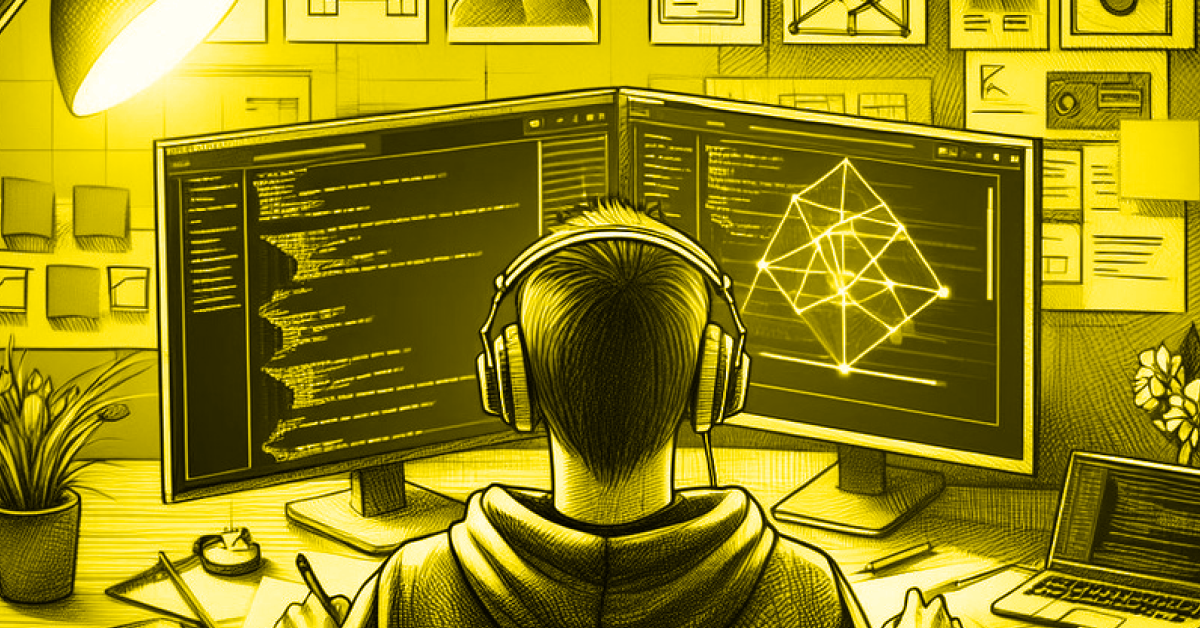
In the rapidly evolving tech landscape, the traditional boundaries between design and development are increasingly blurred. UX/UI designers are stepping into the realm of coding to streamline the design-to-code transition, enhance prototyping and interaction design, deepen their front-end development skills, create and manage design systems and component libraries, and foster better collaboration and communication with development teams.
Some driving factors
- Tool Integration:
- Figma, Sketch, and Adobe XD are leading design tools that empower designers to create stunning user interfaces.
- These tools now offer features that facilitate a seamless transition from design to code.
- Designers can directly generate CSS or even React components from their designs within these platforms.
- Speeding Up Development:
- By enabling designers to export code snippets, the development process becomes more efficient.
- Developers can use these snippets as a starting point, reducing manual translation efforts.
- Iterations become faster, as any design changes automatically update the corresponding code.
- Ensuring Design Consistency:
- The direct link between design and code ensures that the original design vision is accurately reflected in the final product.
- Designers can maintain consistency across various screens, states, and interactions.
- Elements like typography, spacing, and color are preserved during the transition.
- Collaboration and Communication:
- Designers and developers collaborate more effectively.
- Designers gain insights into technical constraints, while developers understand the design intent.
- This synergy results in a cohesive user experience.
- Responsive Design and Prototyping:
- Designers can create responsive designs that adapt to different screen sizes.
- Prototyping tools allow designers to showcase interactions and animations.
- Understanding how these interactions translate into code informs design decisions.
In summary, the designer-to-developer overlap bridges the gap between UI/UX design and development, fostering a holistic approach that benefits both designers and developers.
But is this putting too much on the shoulders of the designers or expecting them to take on too many roles? We would love to hear your take.
